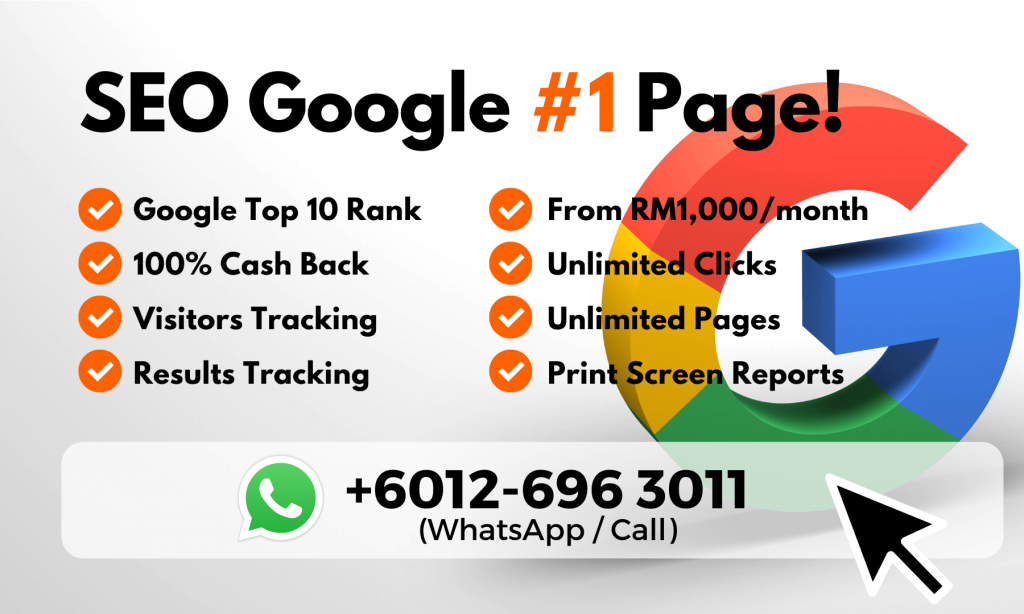
07 Sep How to Target High-Demand Keywords (or Not) in SEO
The aim of search engine optimization is frequently grandiose, such as ranking on page one for a popular term. How do you do what appears to be an insurmountable task?
Google’s evaluation of the best alternatives is reflected in the sites that appear on the first page of search results.
Meeting your goal entails knocking one of those sites off the first page and replacing it. That entails first determining what Google values for that phrase and then delivering on it.
True Ranking System
Remember that the sites you view when you search for a term may not be the same as what others see.
Many factors, including your search history, influence search results. What you search for and what you click on impacts your future search results. If you search for your target term and regularly click on a competitor’s listing, Google will show you more results from that firm, even if it doesn’t rank as well for other searchers.
Using Google’s Ad Preview and Diagnosis tool, you may determine your real competitive set. If you don’t have access to Google Ads, utilise a rank checking tool like Moz, Ahrefs, SEMrush, or one of the many others. Call a buddy from outside your field and ask him to Google the term.
In summary, don’t base your SEO strategy on your own Google results.
What Is Google Looking For?
Learn everything you can from the listings on page one. Don’t just assume they’re there because they “rank for everything” or because of a ruse. Discover what they’re offering that Google appreciates, such as:
- The aim of the ranking page and site: informative or transactional;
- The ranking page’s keywords, as well as related terms and phrases;
- Whether additional contextually related sites improve the overall theme of the ranking page on the site;
- The following is how the ranking page is connected inside the site: Is it aided by a link in the header or footer navigation, or by a permanent home page or category page feature?
- Sites that link to the rating page;
- Third-party pages that link to the ranking page;
- The total number and quality of sites that connect to the ranked competitor’s website.
Use the list above to optimise each competitive ranking page. Be as precise as possible in your observations. To outrank them, you’ll need to outperform them.
Google will be satisfied.
The most difficult aspect of ranking for a popular term is actually doing it. There aren’t any quick cuts.
If only informational pages rank for a search query, your site must include informational material. Putting 900 words at the bottom of a category page about how your company is the greatest isn’t going to cut it. Depending on your competition, you may require properly researched and produced material that speaks to the issue on its own.
If only pages with a large number of high-quality links rank, begin legitimately obtaining fresh connections. Begin by monitoring the link profile for the ranking pages, but keep in mind that you’ll need to outperform, not just copy, their links.
You will very certainly require both content and links. You may also need to make modifications to your page layouts and the navigation structure of your site to improve the relevance and internal link authority signals.
ROI
Calculate the return on investment once you’ve determined what it requires. Will the expense of ranking high enough for that challenging aim be worth it?
Determine your possible income gain:
Revenue = SPM * Google CTR * Conversion Rate * AOV
Where:
- SPM: Searches per month, or the number of times a term is searched on Google in a given month.
- Google CTR: The click-through rate that generally results from a page one position.
- Conversion Rate: The percentage of organic search traffic that results in a sale.
- AOV: The average order value generated by organic search traffic.
The projected income is then compared against the cost of optimization.
Assume that your desired term is searched 100,000 times per month by customers. In the best-case scenario, being first in search results generally results in a 30% click-through rate (depending on criteria such as brand familiarity and preference), bringing your potential traffic to 30,000 visitors. If 10% — 3,000 — of your visitors buy something, and your average order value is $100, your monthly income for that term will be around $300,000 USD.
These figures would be entered into the formula as follows:
$100,000 multiplied by 30% * 10% * $100 is $300,000
Is the $300,000 profit from SEO worth the investment?
Build up
It’s never easy to move a page from rank zero to rank hero. It is possible that you may need to target lower-demand keywords initially in order to gain some meaningful success with smaller search audiences before pushing into the high-demand ranks. If searchers choose your page from the ranks for lower-level keywords, Google is more likely to consider it for higher-level keywords.
However, keep in mind what is most important in ecommerce SEO: visitors and income. Rankings, even number-one rankings in Google for your chosen term, do not pay the bills.
The ideal SEO technique is often to target a wide range of keyword topics across your whole site in order to rank on many search results pages. As more pages generate traffic, your opportunity to generate income from organic search grows. However, if you spend all of your time and money on a single term, the rest of your website will suffer. Overall performance is likely to suffer.
– –
Looking for SEO? For more SEO Malaysia information, please visit https://seo.ericanfly.com/ or WhatsApp +6012-696 3011 for FREE SEO Consultation!

